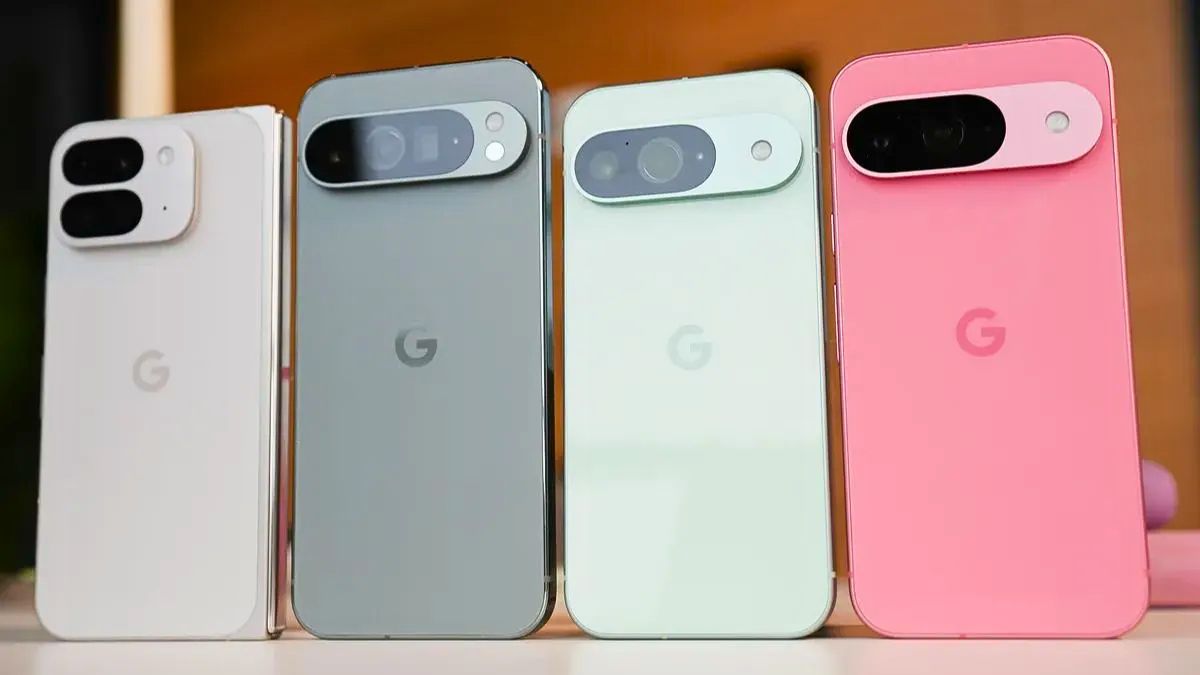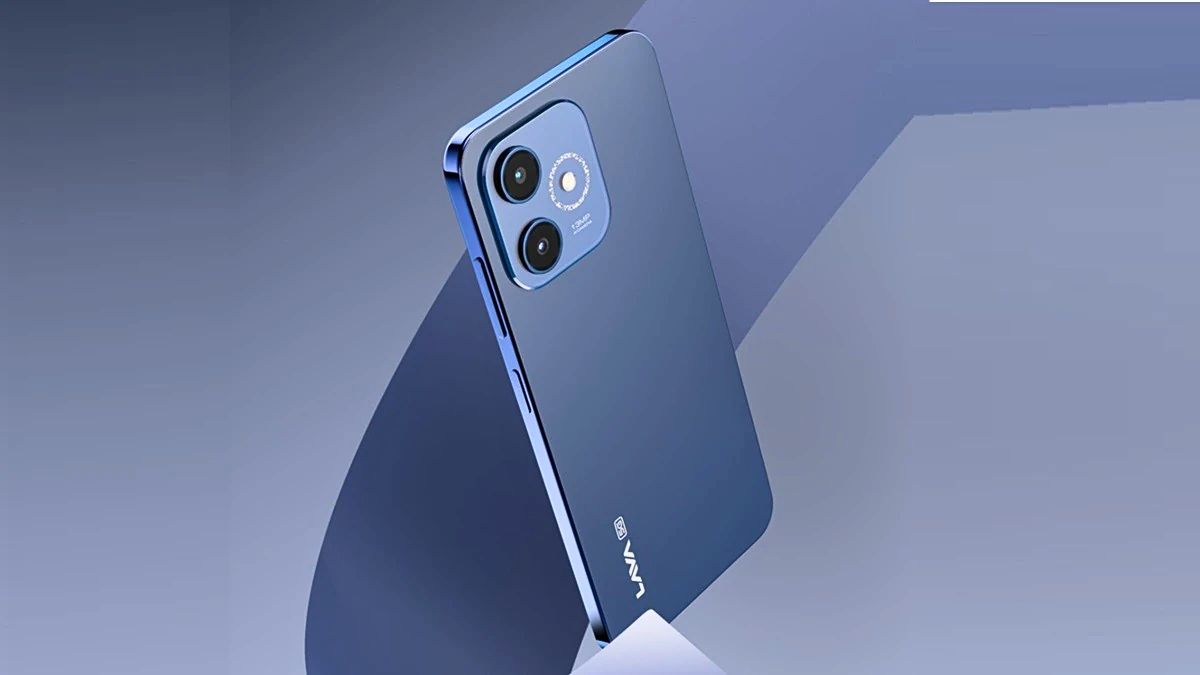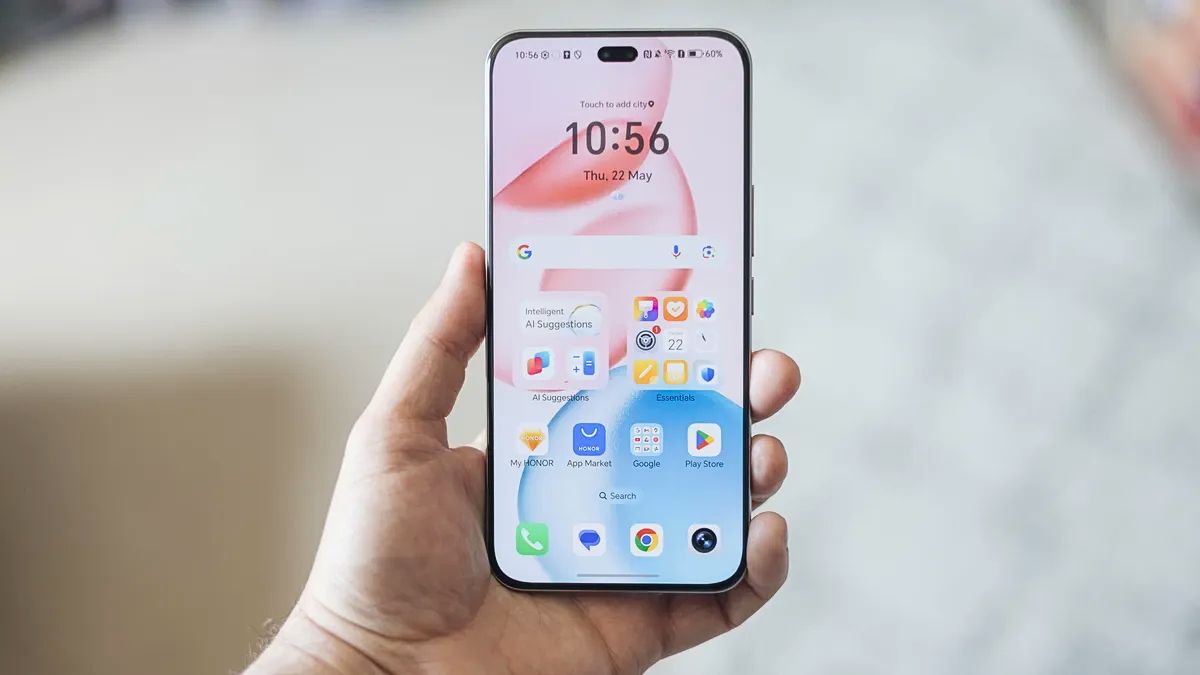While smartphone makers from China have been making consistent efforts to improve display comfort — including eye health-focused certifications and high PWM dimming rates — Google has stayed quiet on the issue. But that could be changing soon. A new report suggests that the Pixel 10 series might finally adopt high PWM dimming technology, marking a first for Google’s Pixel lineup.
PWM Dimming
If you’re unfamiliar with the term, PWM stands for pulse width modulation. It’s a method used by OLED displays to control brightness by rapidly switching the screen on and off. The faster this flicker happens, the less noticeable it is to the human eye. But the lower the PWM frequency, the more visible the flicker becomes, which can lead to eye strain, fatigue, or even headaches for some users — especially during extended screen time or in dim lighting.
High PWM dimming rates are crucial for people who are sensitive to flickering displays, and companies like Xiaomi, Honor, and Oppo have already started prioritising this. Some phones today even go beyond 2,000Hz PWM, while Google’s recent Pixel models have remained stuck on the lower end of the spectrum.
What’s Changing with Pixel 10?
The latest leak hints that Google is planning to finally address this issue. The company is reportedly working on introducing high PWM dimming “later this year,” which lines up perfectly with the expected release window of the Pixel 10 series. While no specific frequency numbers have been shared yet, any bump from the current levels will be a welcome improvement.
This may not sound like a huge display innovation, but for people sensitive to screen flicker, it could make a significant difference in daily usability. Better eye comfort means longer screen time without fatigue, something especially useful for power users and professionals.
Why Has Google Lagged Behind?
It’s hard to say. While Google has made impressive strides in camera performance and AI integration with its Pixel phones, display tech hasn’t always been a top priority. Competing brands, especially those in Asia, have been more aggressive in integrating features that improve comfort — from TÜV Rheinland certifications for low blue light to ultra-high PWM dimming rates.
Until now, Google’s approach to display comfort has been relatively minimal, sticking to basic brightness and colour profile settings. That’s why even a moderate upgrade in PWM dimming would be seen as a shift in attitude from the company.
A Step in the Right Direction
For people who have previously skipped Pixels due to screen flicker issues, the upcoming Pixel 10 series could be the first truly comfortable option. And while the PWM dimming rate alone may not sell phones, it’s a crucial detail that contributes to long-term user satisfaction.
Here’s a quick comparison of PWM adoption trends across brands:
| Brand | High PWM Dimming Support | Typical PWM Frequency |
|---|---|---|
| Xiaomi | Yes | Up to 1920Hz/3840Hz |
| Honor | Yes | Up to 4320Hz |
| Samsung | Limited | Varies by model |
| Apple | No official support | ~240Hz (iPhone 14 Pro) |
| Google Pixel | No (until Pixel 10) | ~240Hz or less |
This update may seem small compared to hardware specs like camera megapixels or chipset upgrades, but it’s incredibly valuable to a specific group of users who’ve felt neglected in the Pixel lineup. If Google does indeed roll out high PWM dimming with the Pixel 10, it will be one of the most user-friendly upgrades yet — even if it doesn’t make the marketing headlines.
FAQs
What is PWM dimming in smartphones?
It’s a method OLED displays use to control brightness by flickering.
Why is low PWM bad for some users?
Low PWM can cause eye strain or headaches due to screen flicker.
Does Pixel 10 have high PWM dimming?
Leaks suggest Pixel 10 will introduce higher PWM dimming rates.
Which brands already offer high PWM?
Xiaomi, Honor, and others already support high PWM dimming.
Will this fix Pixel screen comfort issues?
It should help users who are sensitive to flickering screens.









